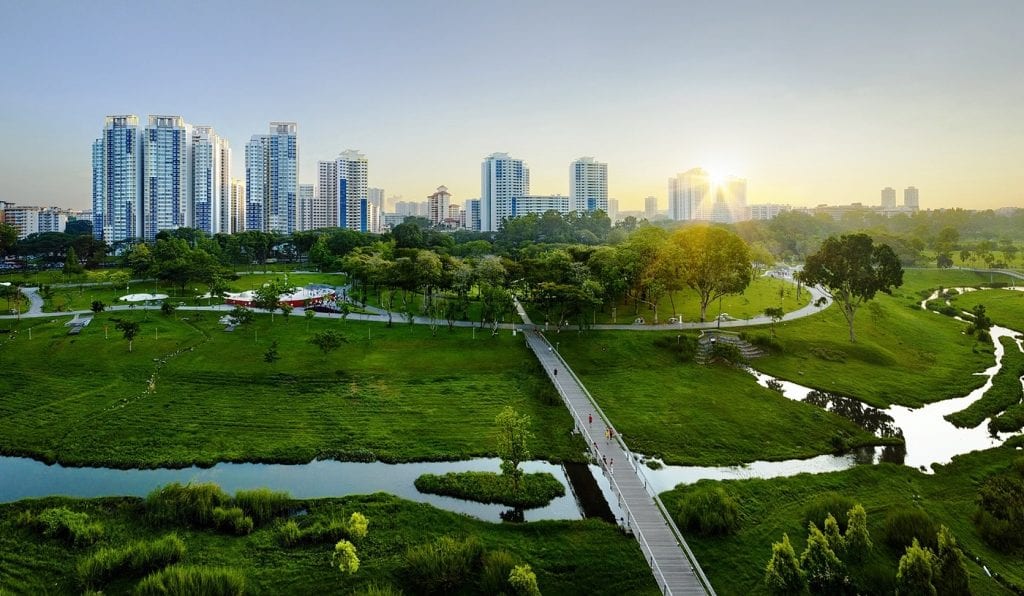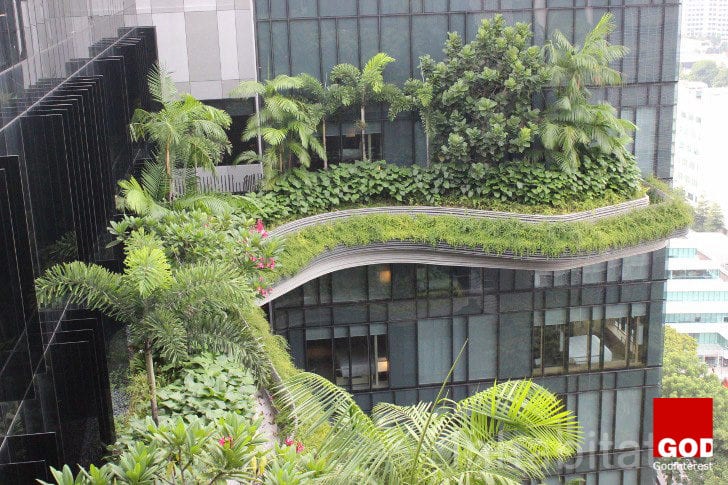“Many studies show that hospital beds with a window onto greenery result in their patients recovering faster. Schools have better attendance and companies have better staff retention, if they have vegetation close at hand.”
Visitors to Singapore are often surprised by how green the island is considering how large a population it crams onto its small landmass. According to the latest Siemens’ Green City Index for Asia, Singapore is the best-performing city in the region when measured against a range of sustainability criteria.
Singapore stands as a model of sustainability and water management in the region and beyond and is the Eden garden city of the future.
Visit Us
Godinterest Community Fellowship is dedicated to proclaiming Christ and set apart to save and empower lives. Sign-up to receive inspiration to draw closer to God each day.
Our Location: Central London Community Church - Crawford Place, London, W1H 5JE
Regular Meetings Divine Service: Every Saturday from 11:15 AM
Godinterest is sponsored by Dean Jones of Jamaica Homes
















What i do not realize is if truth be told how you are now not really
much more smartly-preferred than you might be now.
You are so intelligent. You know thus significantly relating to this matter, produced me individually consider it from so many varied angles.
Its like men and women are not fascinated unless it is
something to do with Lady gaga! Your own stuffs outstanding.
Always deal with it up!
You really make it appear really easy with your presentation however I
in finding this topic to be actually one thing which I believe I might never understand.
It sort of feels too complicated and very huge
for me. I’m having a look forward to your subsequent
submit, I will try to get the grasp of it!
magnificent publish, very informative. I’m wondering why the opposite
experts of this sector do not realize this. You must continue your writing.
I am confident, you have a huge readers’ base already! adreamoftrains
web hosting reviews
Hi Kevin, thanks for liking my post. Please ,check out my other ashes4him posts.
Amen
Garden of Eden is a beautiful place if you need to stay calm and relax… Just close your eyes and feel the comfortable ambiance there.
Thanks
True
Amen my brother
This is awesome, simply wonderful. I love this site. God Bless
You’re most welcome
Thanks for taking the time to comment. God Bless
Your post is amazing. I love to read more on your blog.
Many thanks God Bless
Thanks for such a beautiful and informative article.
Amen. Thanks for taking the time to leave a comment. God Bless
Amen. Thanks for taking the time to leave a comment. God Bless
Wonderful article and photos! I spent two weeks there in 1971, and was so impressed by the cleanliness and the quality of living space that I wrote a paper on that country for a Cultural Geography class. At that time it was considered the cleanest country in the world. Thank you for bringing back those memories!
Hi, I enjoyed your article – Garden Of Eden is in Singapore. Not sure how I feel about the vertical garden’s though, it’s all so strange and creepy. They remind me of the UN’s 2030 agenda stack-able and sustainable government housing they’ve planning to house us in as we near the year 2030.